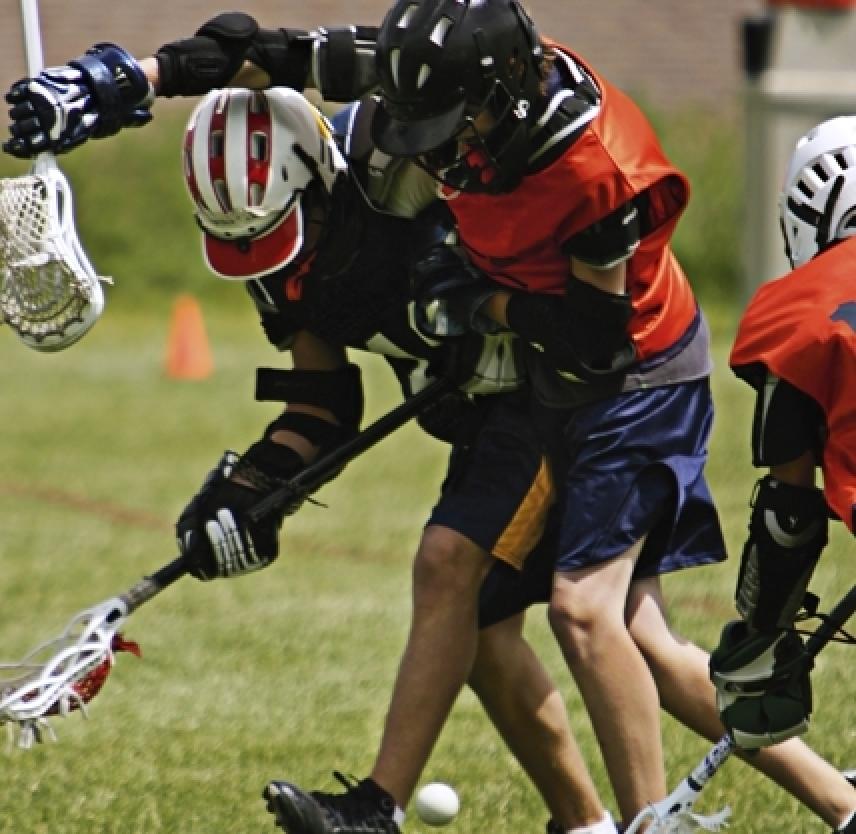
The REAP Project: Reduce, Educate, Accommodate, Pace
The REAP Project which stands for Reduce • Educate •Accommodate • Pace is a community-based model for Concussion Management that was developed in Colorado. The early origins of REAP stem from the dedication of one typical high school and it's surrounding community. After the devastating loss of a student to “Second Impact Syndrome,” the Administrators, Teachers, Certified Athletic Trainer, School Nurse, School Psychologist and Counselors all banded together to create a wider safety net for all students in that school. The net net became stronger when parents and community medical professionals also worked together to coordinate care and recovery from concussion. The lessons learned from this tragic event are that a “Multi-Disciplinary Team” approach is the foundation of good Concussion Management.
The Multi-Disciplinary Teams:
- Family Team
- School Physical Team
- School Academic Team
- Medical Team
These teams work closely to watch and care for the student/athlete during his or her entire recovery from concussion.
Table of Contents
- Intro and message to parents
- How to use this manual
- Reduce
- Educate
- R.E.A.P. timeframe
- Accommodate
- Pace
- Special Considerations
- Resources
- Appendix
- Teacher Template
- Symptom Checklist
TRUE OR FALSE:
A concussion is just a “bump on the head.”
FALSE: Actually, a concussion is a traumatic brain injury (TBI). The symptoms following a concussion can range from mild to severe and usually involve: confusion, disorientation, memory loss, slowed reaction times and extreme emotional reactions. The severity of the symptoms cannot be predicted at the time of the injury.
TRUE OR FALSE:
A parent should awaken a child who falls asleep after a head injury.
FALSE: Current medical advice is that it is not dangerous to allow a child to sleep after a head injury, once they have been medically evaluated. The best treatment for a concussion is sleep and rest.
TRUE OR FALSE:
A concussion is usually diagnosed by neuroimaging tests (i.e., CT scan or MRI).
FALSE: Concussions cannot be detected by neuroimaging tests; a concussion is a “functional” not structural injury. Concussions are typically diagnosed by careful examination of the signs/symptoms of concussion at the time of injury. The cause of symptoms during a concussion are thought to be due to an ENERGY CRISIS in the brain cells. At the time of a concussion, the brain cells (neurons) stop working normally. The “fuel” (sugar) that is needed to generate activity – for playing and for thinking- is simply not being delivered efficiently to the cells. As a result, a symptom will “flare.” It is the brain’s way of telling the body that it is not working properly. While a CT scan or an MRI is often used to rule out more serious bleeding in the brain, it is not a diagnostic test for concussion. A negative scan does not mean that a concussion did not occur.
TRUE OR FALSE:
Loss of consciousness (LOC) is necessary for a concussion to be diagnosed.
FALSE: According to the American Academy of Neurology (AAN), a concussion is any “traumatically induced alteration in mental status that may or may not involve a loss of consciousness.” CDC reports that an estimated 1.6 to 3.8 million sports- and recreation-related concussions occur in the United States each year.3 Ninety percent of concussions do not involve a loss of consciousness. While many students receive a concussion from sports-related activities, numerous other concussions occur from non-sports related activities — from falls, from motor vehicle, bicycle and playground accidents.
DID YOU KNOW …
More than 80% of concussions resolve very successfully if managed well within the first three weeks post-injury.1 REAP sees the first three weeks post- injury as a “window of opportunity.” Research shows that the average recovery time for a child/adolescent is about three weeks, slightly longer than the average recovery time for an adult.2
The REAP project works on the premise that concussion is best managed by a Multi- Disciplinary Team that includes: the Student/Athlete, the Family, various members ofthe School Team and the Medical Team. The unique perspective from each of these variousteams is essential!
The first day of the concussion is considered Day 1.Thee first day of recovery also starts on Day 1. The REAP Project can help the Family, School and Medical Teams mobilize immediately to maximize recovery during the entire three week “window of opportunity.”
From the Center for Concussion, Rocky Mountain Youth Sports Medicine Institute. Used with permission. www.youthsportsmed.com.

Comments (2)
Please remember, we are not able to give medical or legal advice. If you have medical concerns, please consult your doctor. All posted comments are the views and opinions of the poster only.
Duncan Lance replied on Permalink
It really is important for people to understand the intricacies of a concussion, especially if they are parents with injured children. One of the more important aspects of this, as the article points out, is understanding that a concussion is a serious injury. That way parents will know that they need to take their child to a hospital in order to have the concussion properly treated.
Anonymous replied on Permalink